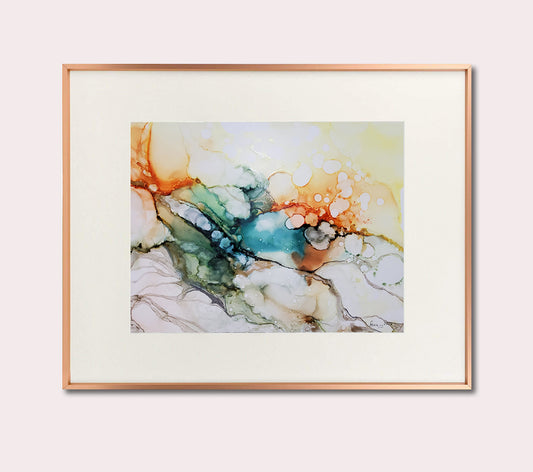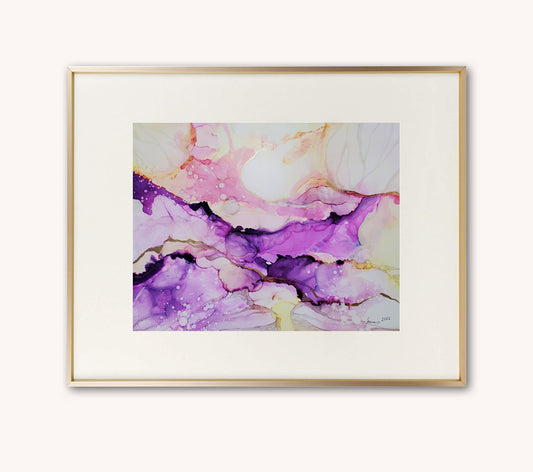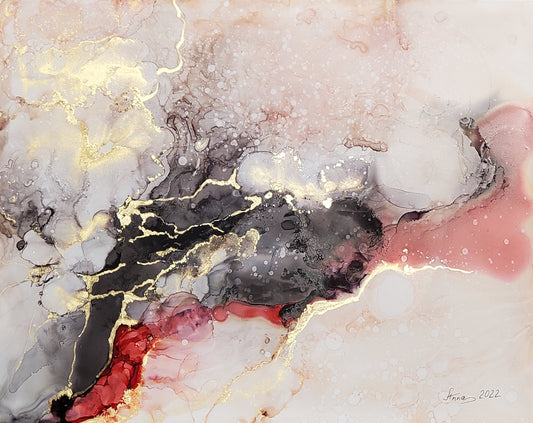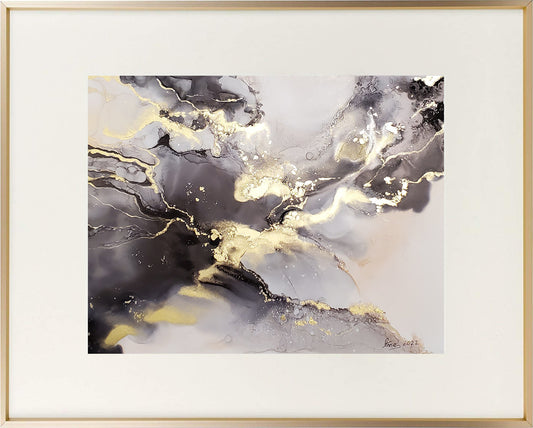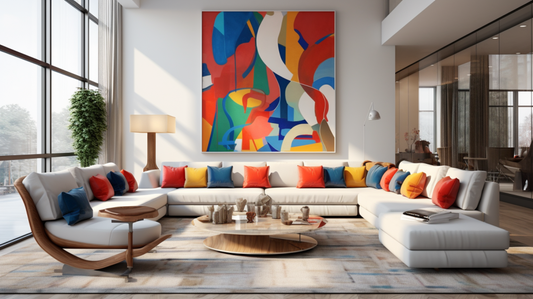
Abstract art, characterized by non-representational forms, has always been a source of intrigue and mystery for many art enthusiasts. The meaning behind abstract art, and the symbolism it conveys, is often open to interpretation, making it a fascinating subject to explore. In this blog post, we will take a closer look at the meaning behind abstract art and its symbolism, highlighting key artists and art styles that have contributed to its development.
One of the defining characteristics of abstract art is that it is non-representational, which means that it does not depict a specific object or scene. Instead, it is a visual language that uses shapes, colors, and forms to convey meaning. Many abstract artists use symbolism to convey their ideas and emotions.
One of the most prominent symbols in abstract art is the use of color. Color is often used to express emotions, and many abstract artists use it to convey specific meanings. For example, in the works of Mark Rothko, the use of color is heavily symbolic. Rothko's use of deep, rich colors, often in large fields of color, is meant to evoke a sense of mystery and transcendence. Similarly, the use of color in the works of Barnett Newman is also heavily symbolic, with each color representing a different emotion or idea.

Another key symbol in abstract art is the use of shapes. Shapes, like color, are often used to convey specific meanings. For example, in the works of Kazimir Malevich, the use of geometric shapes is heavily symbolic. Malevich's use of geometric shapes, often in the form of squares, is meant to evoke a sense of simplicity and purity. Similarly, the use of shapes in the works of Piet Mondrian is also heavily symbolic, with each shape representing a different idea or emotion.

The use of forms is another key symbol in abstract art. Forms, like color and shapes, are often used to convey specific meanings. For example, in the works of Jackson Pollock, the use of gestural forms is heavily symbolic. Pollock's use of gestural forms, often in the form of drips and splatters, is meant to evoke a sense of energy and movement. Similarly, the use of forms in the works of Willem de Kooning is also heavily symbolic, with each form representing a different idea or emotion.

In conclusion, abstract art is a visual language that uses shapes, colors, and forms to convey meaning. The meaning behind abstract art is often open to interpretation, making it a fascinating subject to explore. Many abstract artists use symbolism to convey their ideas and emotions. The use of color, shapes, and forms in the works of artists such as Mark Rothko, Barnett Newman, Kazimir Malevich, Piet Mondrian, Jackson Pollock, and Willem de Kooning, is heavily symbolic and often evokes specific emotions and ideas. Abstract art is a fascinating subject to explore, and the symbolism it conveys is a rich and complex subject that continues to be studied by art enthusiasts and experts.
Intrigued by the fascinating world of abstract art? Your artistic journey doesn't have to end here. Explore a mesmerizing collection of captivating and modern abstract artworks by visiting our Abstract Art Collection and Shop. Anna Manukyan's gallery is a treasure trove of creativity, where you can not only see but also acquire unique pieces that resonate with your aesthetic sensibilities. Dive into a realm of imagination, emotion, and innovation as you discover the transformative power of abstract art. Don't miss the opportunity to enrich your surroundings with these thought-provoking creations. Start your exploration now and let the art on this page inspire your soul.


